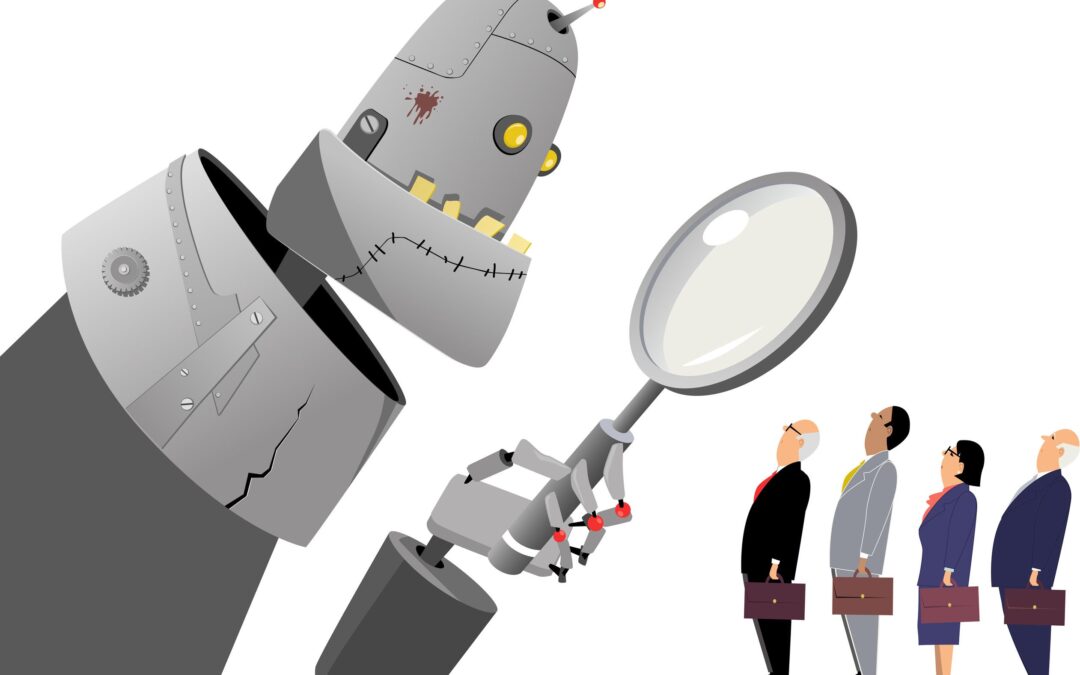
Deep Work to the Rescue
Focus and concentration are probably the two most scarce resources in the world of work. Well, the good news is, while they might be scarce resources, they are not in short supply. Because how we harness them depends entirely on us. If you are someone who works in a very distracting environment, or someone who is prone to distractions fairly often, or just someone who wants to achieve the most from every working day – the ‘deep work’ technique is something you must give a shot.
Simply put, and like the name suggests, deep work is when you delve into your work with utmost focus and concentration, and get things done. Fast. Sounds like a dream? Even I thought as much until I tried it out myself. Here are some easy action steps for you to start incorporating bits of deep work into your daily work routine, until it becomes a habit you can’t do without!
-
Planning
To get
more done, the most done, the first step is to know what you have to do. That is, to plan your work well, and plan it well in advance. A lot of people believe that this is a waste of time, however, it is the very opposite of that. When you plan your work well, you know exactly what your deliverables and deadlines are. There is no way you are going to waste time thinking about what you have to do next, or feel intimidated about how much you have to do. Having a plan on paper, even if it is just a few bullets, will do the magic. Planning the week in advance is a great idea since it gives a good overview of what your week looks like and you can prepare and take stock accordingly. -
Doing one thing at a time
Once you have a plan, you need to get to the next step, that is – to do. And whoever said multi-tasking is the way to go, couldn’t have been more mistaken. When you multi-task, you are doing the very opposite of deep work. Your focus is fragmented because you are doing too many things at the same time, in the bargain you don’t really get much done. Before you begin work, spend a few minutes reviewing your plan for the day, and tackle your tasks – one at a time.
-
Schedule “deep work” slots
We live in a world where connectivity is a must. A lot of people advocate turning off all devices and switching off the internet to get into the deep work mode. However, for some of us, this may not be a practical option since our work might be dependent on being connected. There is a work around for this. Use the first two or three hours of your day as “deep work” slots, during which you turn off your notifications and your phone. And also – like anyone who is good at what they do will tell you, don’t get to the emails first thing in the morning. The first few hours in the morning after you wake up is when your mind is at its peak. So make sure you make the most of it!
-
A strict “no social media” rule
Whether or not you are working in a deep work slot, for consistent deep work, make it a point to not use social media during your work hours. You can start with going a week without using any social media at all, and then use it only for a few minutes during lunch, or breaks. The social media and screen addiction has an extremely detrimental impact on our productivity. Stepping away from our phones and apps, and turning all our focus to the task in front of us is the simplest mantra to being super productive!
-
Remembering to shut down appropriately
How you sign off from work does have an impact on your over all work life. When you shut down at work, make sure you leave everything that belongs to your work place at your desk. Don’t carry work home. Or for that matter, even feelings from work home. Treat your time after work as sacred and do whatever makes you happy so you feel recharged for the next day. Remember that tomorrow is a brand new day and you’ve got to be in your most mindful state of being to make the most of the day!
Have your stories of productivity, deep work, or just about anything related to the world of work to share with us? Do write to us and we’d be happy to feature them!





